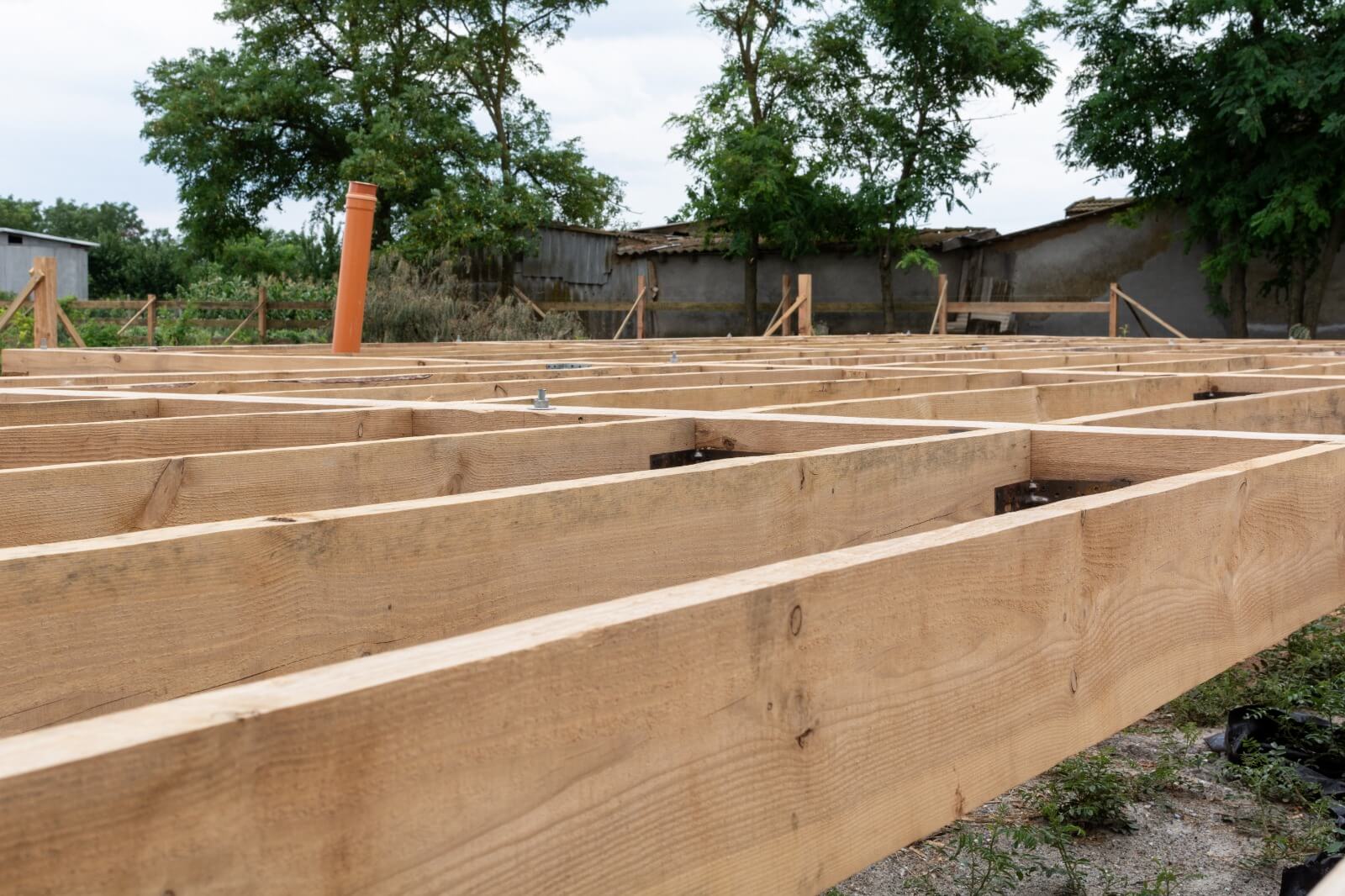Building a deck is an excellent way to add outdoor living space and value to your home. However, deck construction is not as simple as nailing a few boards together. Proper deck construction requires careful planning and attention to detail to ensure stability and longevity. One essential element of deck construction that is often overlooked is blocking between joists.
In this article, we will explore the importance of blocking between joists in deck construction and provide tips for proper installation.
-
What is blocking, and why is it necessary in deck construction?
Blocking refers to the installation of perpendicular pieces of lumber between joists. The purpose of blocking is to provide additional support and prevent the joists from twisting or warping under heavy loads.
In deck construction, blocking is necessary to ensure the stability and longevity of the structure. Without proper blocking, the joists can weaken over time, leading to a sagging or unstable deck.
-
When should blocking be installed in deck construction?
Blocking should be installed during the initial construction of the deck. It is important to plan the placement of blocking before installing the deck boards to ensure proper spacing.
-
What are the benefits of blocking in deck construction?
Blocking provides several benefits in deck construction, including:
- Improved stability: Blocking helps prevent the joists from twisting or warping, improving the overall stability of the deck.
- Reduced bounce: Blocking can help reduce bounce in the deck, making it more comfortable and safer to use.
- Longer lifespan: By preventing the joists from weakening over time, blocking can help extend the lifespan of the deck.
- Better support for decking boards: Blocking provides additional support for decking boards, reducing the risk of sagging or warping.
-
What types of blocking are used in deck construction?
There are several types of blocking used in deck construction, including:
- Solid blocking: Solid blocking refers to perpendicular pieces of lumber that are the same size as the joists. Solid blocking provides the most support and is the most commonly used type of blocking.
- Diagonal blocking: Diagonal blocking is installed at a 45-degree angle between joists. Diagonal blocking is less common but can be useful in certain situations, such as when dealing with a curved deck or to provide additional support for heavy loads.
- X-bracing: X-bracing refers to two pieces of lumber installed diagonally in an X shape between joists. X-bracing is typically used to reinforce the corners of the deck.
-
How is blocking installed in deck construction?
Blocking should be installed before the deck boards are installed. The blocking should be cut to fit snugly between the joists and should be secured with screws or nails. The spacing of the blocking should be based on the span of the joists and the weight capacity of the deck.
-
How do I determine the spacing for blocking in my deck construction?
The spacing for blocking in deck construction should be determined based on the span of the joists and the weight capacity of the deck. In general, blocking should be installed every 4 to 6 feet between joists.
-
Can I install blocking after my deck has already been built?
While it is possible to install blocking after a deck has been built, it is not recommended. Retrofitting blocking can be difficult and may require the removal of deck boards.
-
What are the consequences of not installing blocking in deck construction?
Failure to install blocking in deck construction can lead to several consequences, including:
- Sagging or unstable deck
- Warped or twisted joists
- Bounce or give in the deck
- Reduced lifespan of the
-
How does the placement of blocking impact the performance of a deck?
The placement of blocking can impact the performance of a deck. Properly placed blocking can improve the stability of the deck, reduce bounce and sagging, and extend the lifespan of the structure. On the other hand, poorly placed blocking or inadequate blocking can lead to instability and failure of the deck over time.
-
What other factors should be considered in deck construction?
In addition to blocking, several other factors should be considered in deck construction, including proper footing, framing, and fastening. It is important to follow local building codes and obtain the necessary permits for deck construction.
Overall, proper installation of blocking between joists is critical for the stability and longevity of a deck. By providing additional support, blocking can help prevent twisting, warping, and sagging of the joists, reducing the risk of an unstable or unsafe deck. Homeowners should consult with a professional or reference local building codes for guidance on the proper installation of blocking in their deck construction.
If You want to learn about how to stopping animals form getting under your deck.

2 thoughts on “The Importance of Blocking Between Joists in Deck Construction”